Five Notable Highlights from David Gilmour's Christie's Guitar Auction
Careful with that axe, 'cause if you buy one of these, it's gonna cost you a bundle!
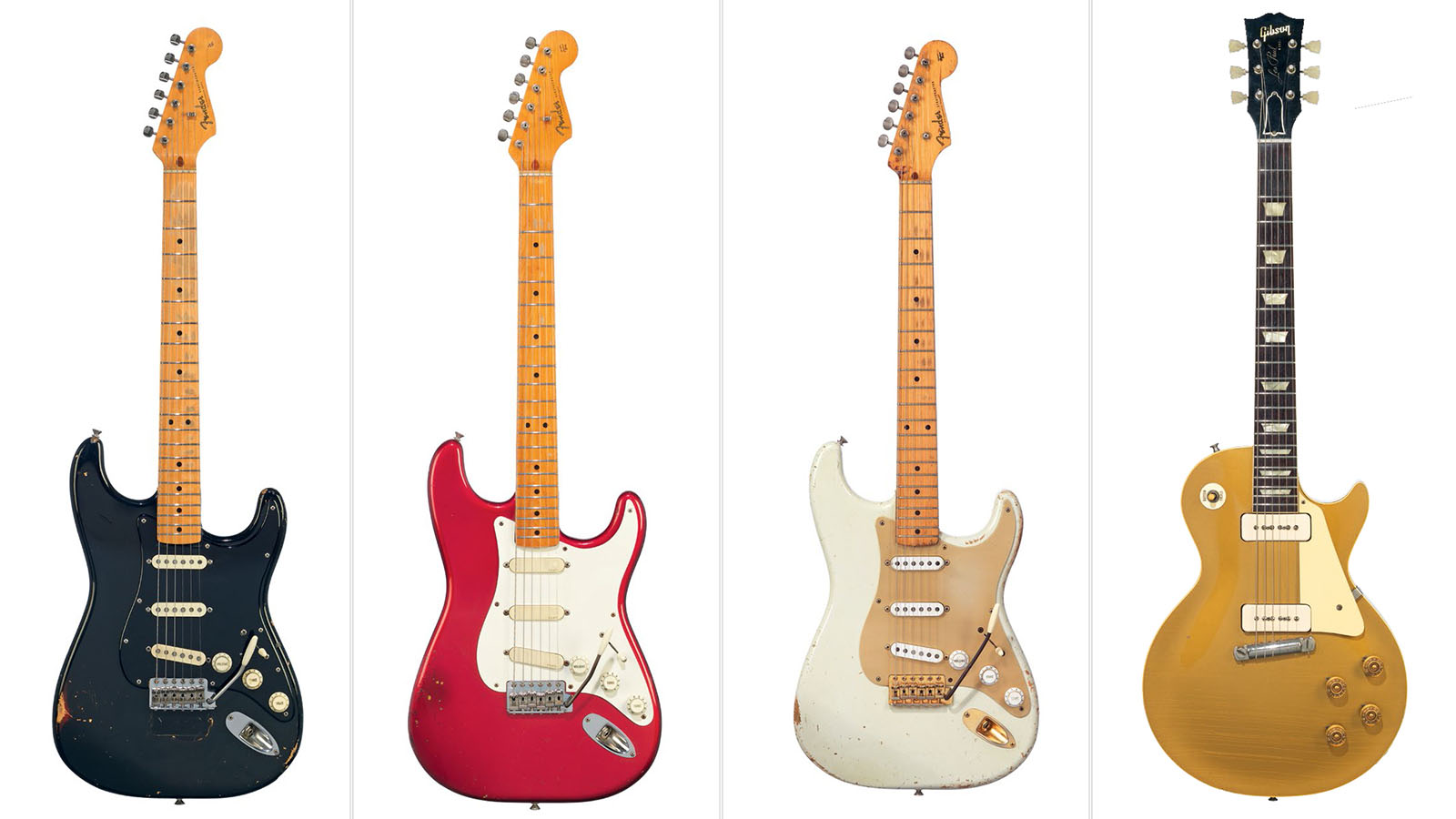
THE 1969 BLACK STRAT
The one. The only. The incredible guitar you’ve heard countless times on tracks like “Comfortably Numb,” “Shine on You Crazy Diamond” and “Money.”
The Black Strat has been David Gilmour’s main guitar for much of his career, and the one he is most identified with. He bought it at Manny’s guitar store in New York in May 1970 during Pink Floyd’s North American tour, to replace his old one after it was stolen weeks earlier.
The 1969 Fender has gone through many modifications over the years, which has only added to its wonderful mystique. With its battle-scarred surface, it wouldn’t be hard to believe this guitar has been to The Dark Side of the Moon and back. And in some ways, it has, appearing on that classic album, as well as many others in the Pink Floyd catalog.
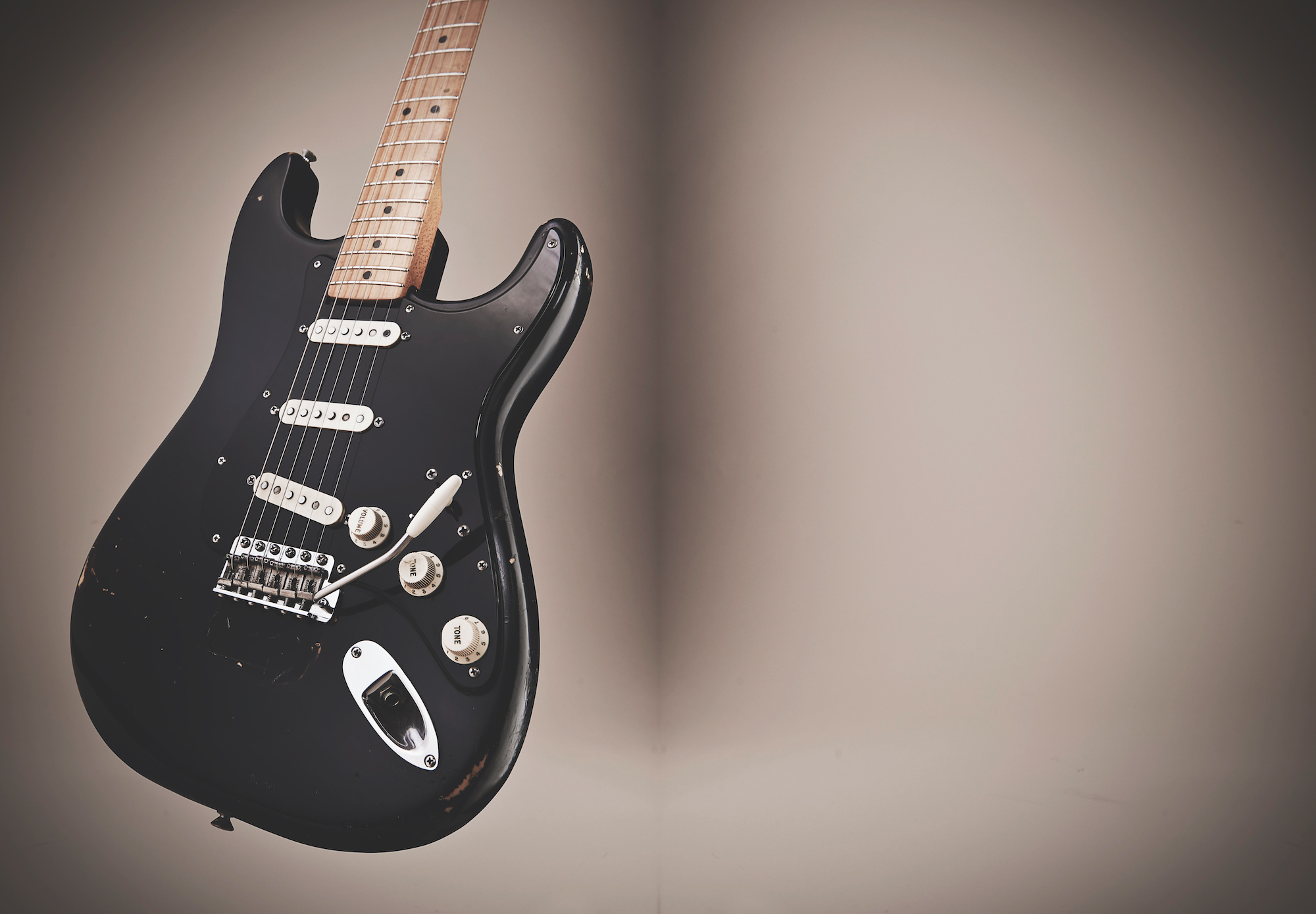
In the Seventies, Gilmour replaced the original maple neck with a rosewood version, which was replaced by a Charvel maple neck with a Fender logo. He installed a Gibson PAF pickup in the middle position, but ultimately returned to his single-coil configuration. In the early Eighties Gilmour replaced the guitar’s original tremolo with a Kahler system, which destroyed the sound of the guitar. Frustrated, he put it out to pasture as a Hard Rock Café display piece but had second thoughts when he spotted it at a Dallas Hard Rock in 1987.
After some restoration, Gilmour fell in love with the instrument again and continued to use it throughout the 2000s. In its current state, the guitar is fitted with a 1983 Fender C-shaped maple neck, 1971 Fender pickups in the neck and middle and a Seymour Duncan SSL-1C in the bridge. It features a black pick-guard and a five-way switch instead of the original three-way pickup switch.
One last detail that makes the guitar unique is its shorter vibrato arm. Gilmour’s longtime guitar tech Phil Taylor explained to Guitarist magazine in 2008: “It’s nothing special. Fender make these short arms now, but I originally just hacked the ends off. The arms are screwed in tight so it never ‘flops,’ that’s one thing,” Taylor says. “And David likes to have the end of the tip in the crease of his palm. He doesn’t seem to plan whether he plays finger vibrato or arm vibrato, or a combination of the two, at any one time. This is more ‘integrated’ in the way he plays. He doesn’t often play electric guitars without a trem.”
Get The Pick Newsletter
All the latest guitar news, interviews, lessons, reviews, deals and more, direct to your inbox!
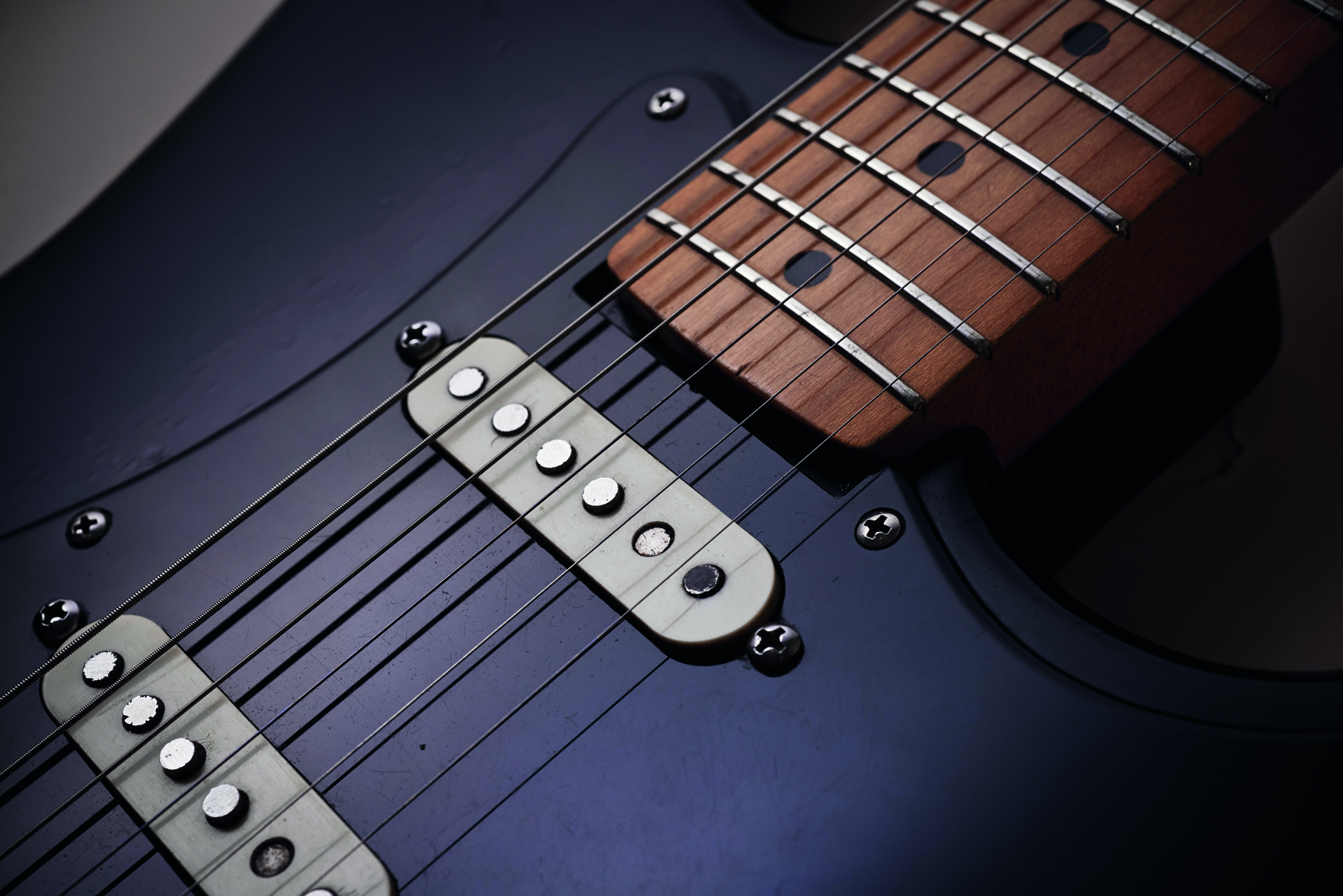
THE 1983 RED FENDER STRAT ’57 REISSUE
Gilmour’s main guitar during the post-Roger Waters Pink Floyd era.
Before his 1984 tour to support his solo album, About Face, Gilmour decided he wanted a fresh start with some fresh instruments. After trying several new Fender guitars, he chose four new Stratocasters, a Fiesta Red 1983 ’62 Reissue with a white pickguard and rosewood neck, two Cream 1983 ’57 Reissues and a Candy Apple Red 1983 ’57 Reissue with white pickguards and maple necks. Of those four, the Candy Apple Red eventually became his favorite.
Like the Black Strat, the Red Strat, as it came to be known, was modified to fit the guitarist’s changing tastes. He replaced the factory single coil pickups with active EMG pickups and added his custom 4.25-inch mini vibrato arm. The Red Strat can be heard throughout much of A Momentary Lapse of Reason and The Division Bell and can be seen in numerous YouTube clips.
WHITE FENDER "#0001" STRATOCASTER
This beauty would be priceless, no matter who owned it.
This rather interesting Olympic White specimen (which was not the first Strat ever made — not by a long shot!) can be heard on Pink Floyd’s The Wall, most famously on the funky rhythm guitar part on “Another Brick in the Wall (Part 2).” Gilmour also used the guitar on Wings’ 1979 album, Back to the Egg, and it can be seen in Bryan Ferry’s “Is Your Love Strong Enough” music video.
The guitar features an anodized gold eight-hole, one-ply pickguard, custom gold-plated tremolo system and output jack and Kluson Deluxe tuners. According to the Guitarist magazine crew, who looked at the Strat up close in 1995, the pickups appear to be original, or at least from the Fifties.
While the guitar’s history is foggy (although a young Seymour Duncan seems to star in the various legends attached to it), Gilmour is clear about why the guitar was special to him: “Some guitars make everyone sound the same. Others tend to emphasize the differences — which this one does.”
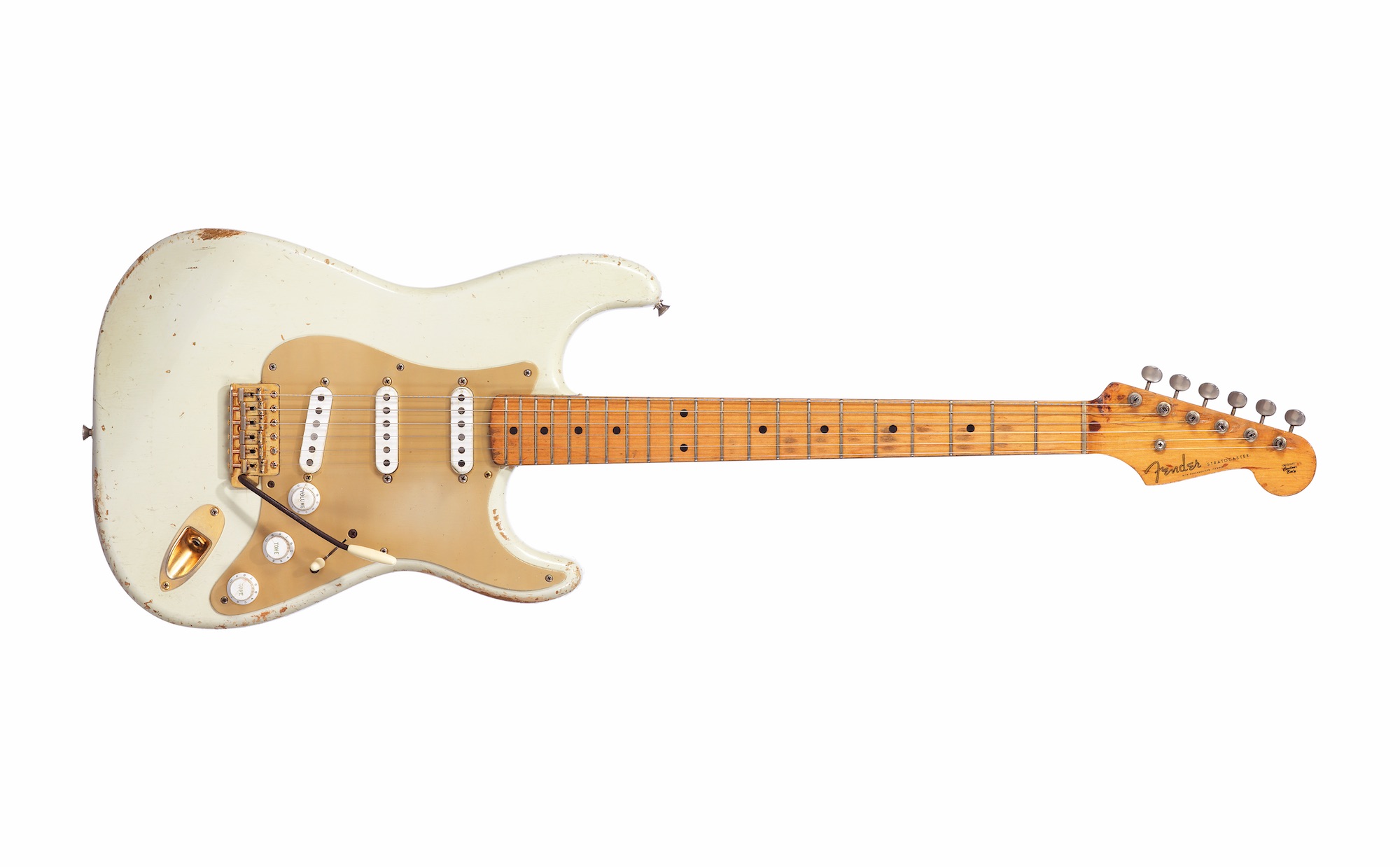
THE 1955 & 1956 LES PAUL GOLDTOPS
David Gilmour doesn’t always play a Les Paul, but when he does, he likes ’em with a Midas touch.
He is so associated with playing Stratocasters that it’s almost bizarre when you see Gilmour playing anything else. However, fans and trainspotters will quickly point out that the Pink Floyd axeman often has been seen playing these beautiful Fifties Les Paul Goldtops when the mood strikes him.
The 1955 (sans tremolo, pictured below), is perhaps the most famous. As he recently told Rolling Stone, “Yes. I bought it in about ’78, because I wanted a nice Les Paul but with P-90 pickups; I like those more than I care for humbuckers. On The Wall, we plugged it through the desk direct — not through an amplifier — so it’s a direct-injected sound straight onto tape during the solo. Then, because we decided it needed a little bit of beefing up, we played it back out through the studio and through an amplifier and remixed it to add a little bit of weight and edge to it.”
Gilmour would also use the guitar on The Wall tour for “Happiest Days of Our Lives,” “One of My Turns” and “Last Few Bricks.” It also can be heard on tracks on Momentary Lapse of Reason and Division Bell, including “Poles Apart” and “A Great Day for Freedom.”
The 1956 Goldtop, with its distinctive Bigsby, was acquired later and used on his 2006 solo album On an Island, most notably on the title track and “This Heaven.” As Phil Taylor recalls, “It had an original Gibson factory Bigsby on it. He had his ’55, but David wanted a Bigsby one, and he didn’t want a modified one.”
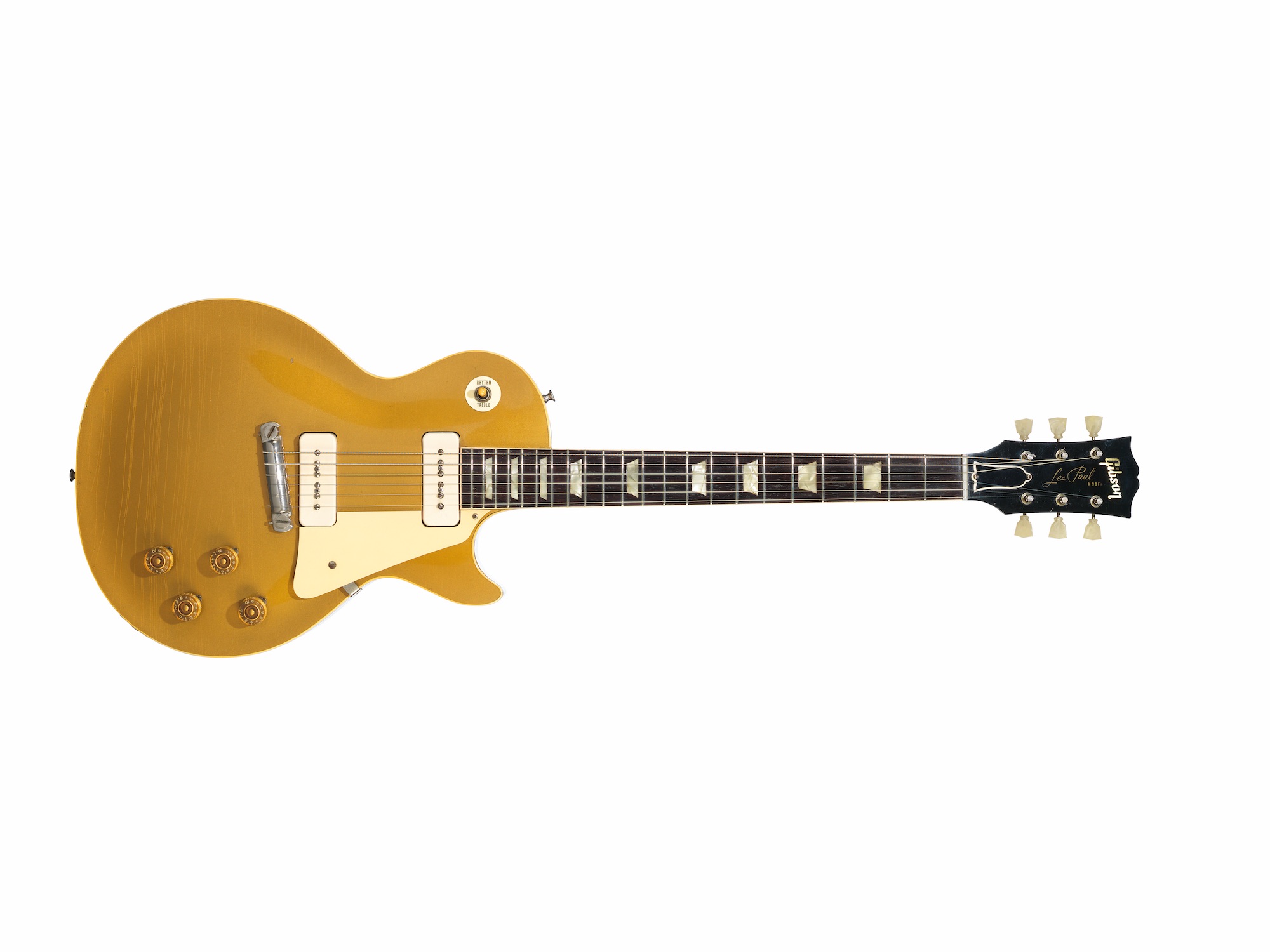
OTHER AUCTION HIGHLIGHTS
• A rare Gretsch White Penguin 6134 purchased for Gilmour’s private collection (estimate: $100,000-$150,000).
• An early 1954 Fender Stratocaster (estimate: $50,000-70,000), believed to be one of a group of Strats produced by Fender prior to its commercial production release in October 1954.
• A 1957 “Ex-Homer Haynes” Fender Stratocaster, with gold-plated hardware and finished in the rare custom color of Lake Placid Blue (estimate: $60,000-90,000).
• A 1969 Martin D-35 purchased on the streets of New York in 1971 and used as David Gilmour’s main studio acoustic, notably on Wish You Were Here (estimate $10,000-20,000).
• A Gibson J-200 Celebrity (1985) acquired from John Illsley of Dire Straits (estimate $3,500-5,500).
• A unique Tony Zemaitis (1978) custom acoustic bass guitar (estimate $15,000-25,000).
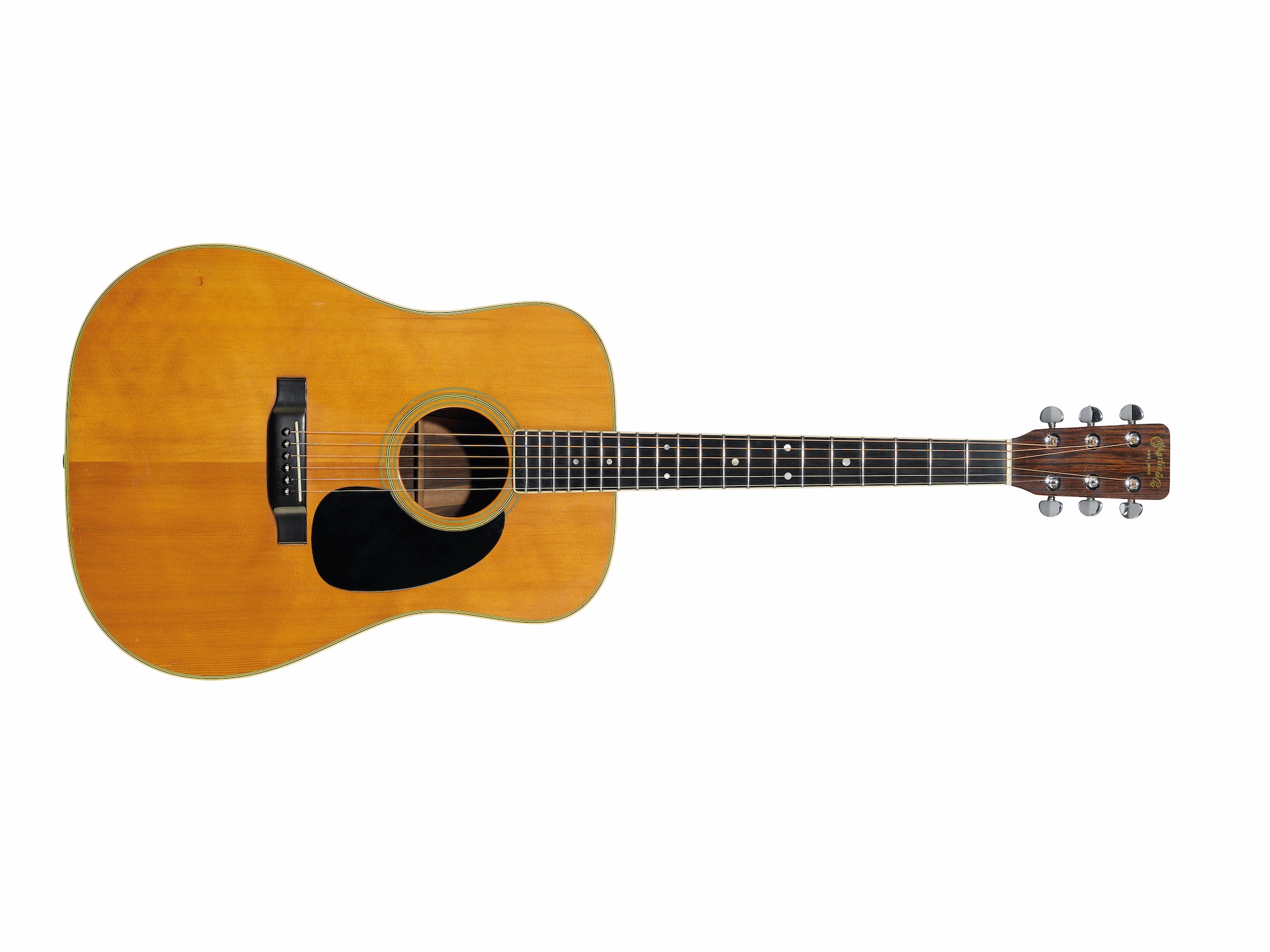
A long time ago in a galaxy far, far away Brad was the editor of Guitar World from 1990 to 2015. Since his departure he has authored Eruption: Conversations with Eddie Van Halen, Light & Shade: Conversations with Jimmy Page and Play it Loud: An Epic History of the Style, Sound & Revolution of the Electric Guitar, which was the inspiration for the Play It Loud exhibition at the Metropolitan Museum of Art in New York City in 2019.
“I met Joe when he was 12. He picked up a vintage guitar in one store and they told him to leave. But someone said, ‘This guy called Norm will let you play his stuff’”: The unlikely rise of Norman’s Rare Guitars and the birth of the vintage guitar market
“This would make for the perfect first guitar for any style of player whether they’re trying to imitate John Mayer or John Petrucci”: Mooer MSC10 Pro review




![John Mayer and Bob Weir [left] of Dead & Company photographed against a grey background. Mayer wears a blue overshirt and has his signature Silver Sky on his shoulder. Weir wears grey and a bolo tie.](https://cdn.mos.cms.futurecdn.net/C6niSAybzVCHoYcpJ8ZZgE.jpg)

![A black-and-white action shot of Sergeant Thunderhoof perform live: [from left] Mark Sayer, Dan Flitcroft, Jim Camp and Josh Gallop](https://cdn.mos.cms.futurecdn.net/am3UhJbsxAE239XRRZ8zC8.jpg)




